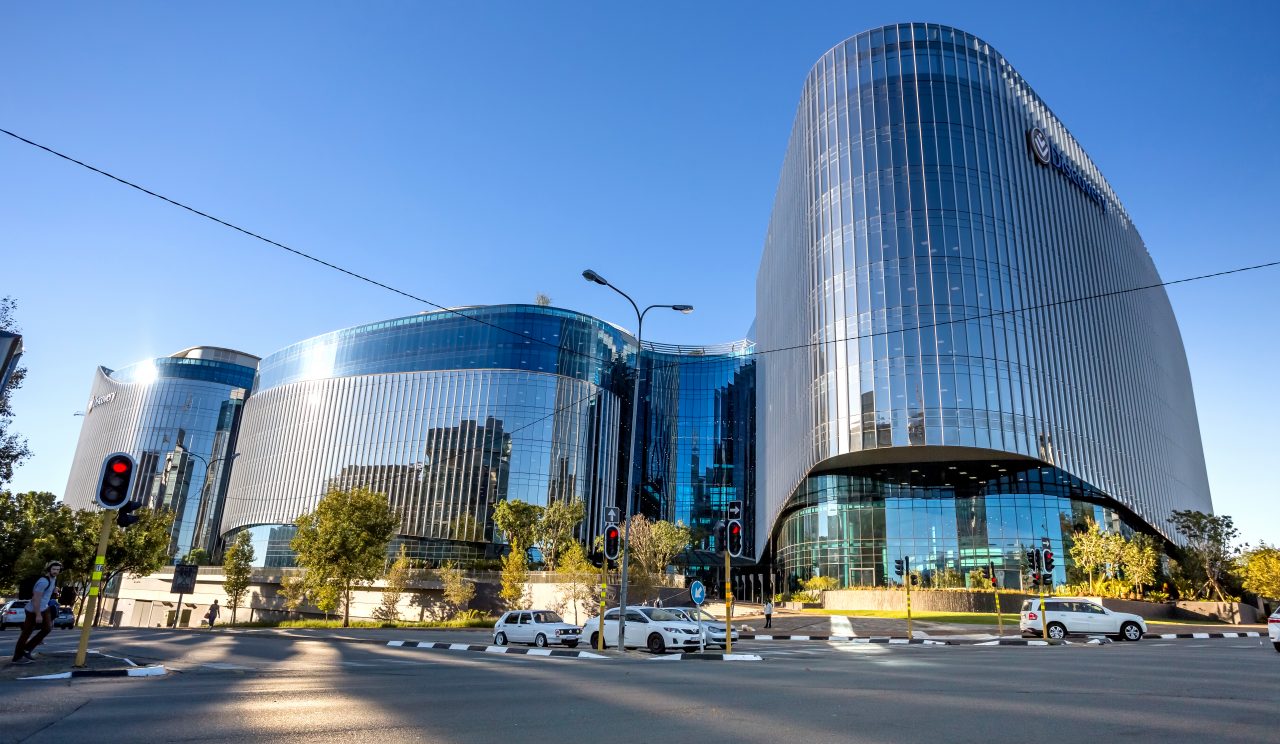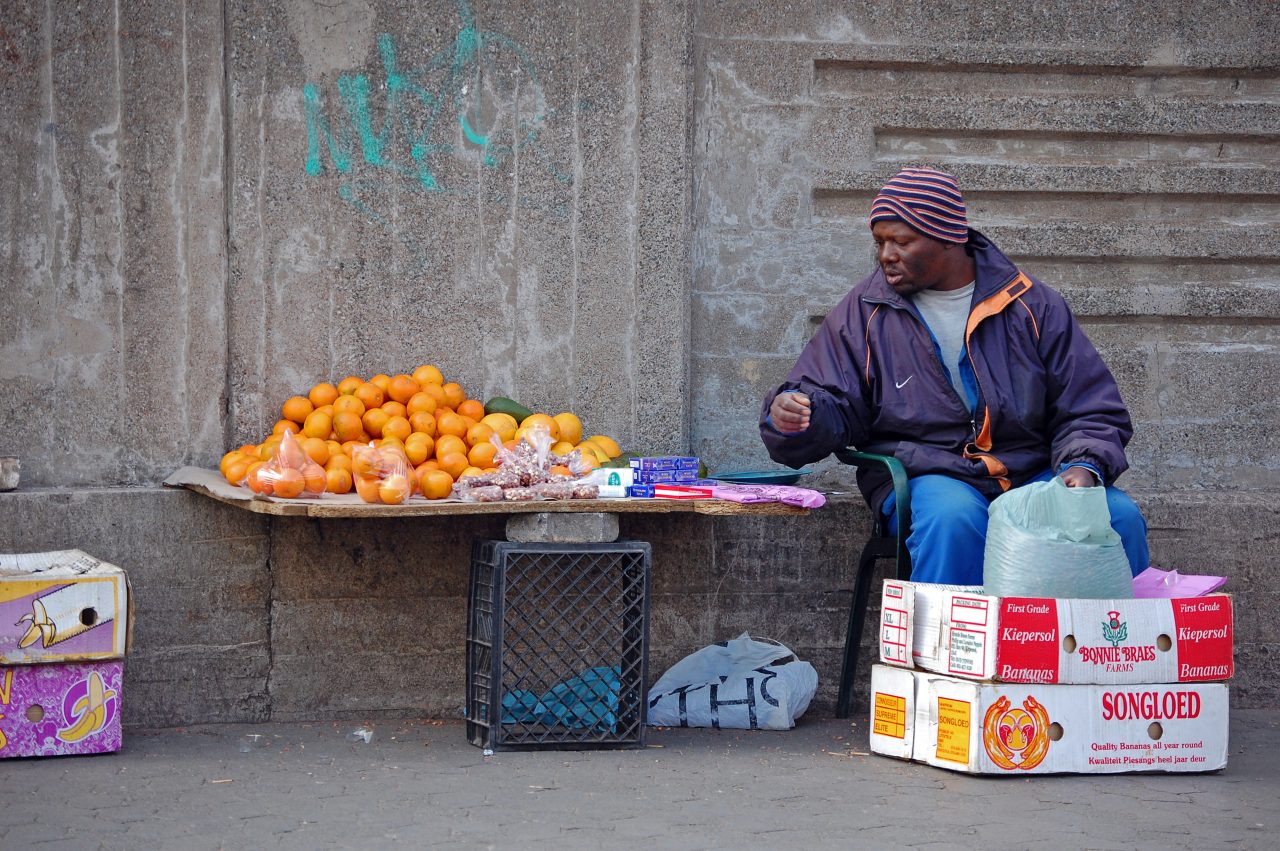Join GlobalBizzNetwork and start your international business network today.
Retail & homeshopping
A good performance in 2013
Despite the rising cost of living, retailing saw 10% current value growth in 2013, thanks to price competition and aggressive marketing campaigns from retailers. The disparity between disposable incomes led retailers to change their pricing strategy to increase their consumer base. Inflation was driven by price increases on fuel and electricity, leading low-income and some middle-income consumers to cut their spending, with some resorting to unsecured lending to purchase goods. Retailing was thus able to register steady value growth in 2013.
The dynamism in retailing is boosted by strategies from retailers
Lower purchasing power, poor job prospects, a high level of unemployment and a high level of indebtedness had an impact on retailers’ pricing strategies in 2013. Consumer demand slowed down due to a lack of disposable incomes. Retailers therefore used price decreases to allow consumers to purchase goods. This also gave retailers the opportunity to increase their private label products to compete with more expensive branded products. Such a strategy led retailers to expand their networks, with more store openings in townships and across the country to match consumers’ needs and expectations.
The leadership of grocery retailers
Grocery retailers still led retailing in South Africa in 2013. Due to inflation, driven by the rising costs of fuel and electricity, consumers tended to cut their spending on non-grocery products in order to save, but also focused their purchasing on more essential products, such as basic food products. This was particularly noticeable amongst low-income and middle to lower-income consumers. Conversely, the rising middle-class in South Africa carried on spending on non-groceries, for instance DIY products, such as those found in home improvement and gardening stores. In addition, furniture and homewares stores saw consumer demand thanks to the rising middle-classes.
Strong brand recognition for key domestic players
Shoprite Holdings maintained its leading position in retailing in 2013, thanks to fierce price competition and aggressive marketing campaigns. The presence of Wal-Mart through the acquisition of the domestic retailer Massmart resulted in solid competition between retailers. The initiative of price discounting by Massmart led other retailers to answer with growing and aggressive promotional activities, and the increasing presence of private label. This also enabled retailers to widen their portfolios with financial services to maintain brand loyalty and recognition in 2013.
Steady growth is expected for retailing over the forecast period
Retailing is set to post steady value growth in South Africa over the forecast period at constant 2013 prices. Grocery retailers should remain the main growth driver within retailing, as consumers are expected to cut their spending on other goods due to sluggish economic recovery. Internet retailing should boost growth in retailing thanks to the rising number of internet users, in particular via mobile retailing. The sales of non-grocery retailers will be driven by consumers with higher incomes. Retailing should remain dynamic and challenging thanks to marketing campaigns and extensive product portfolios, such as offering financial services to increase retailers’ consumer base, encouraging consumerism.
Homeshopping
Homeshopping continued to enjoy rising consumer demand in 2013. Nonetheless, the impact of the recessionary climate on incomes led consumers to favour store-based retailers instead. Consumers showed greater price-sensitivity due to high level of unemployment and lower purchasing power in South Africa. They therefore moved to more basic products and cheaper alternatives to save money.









